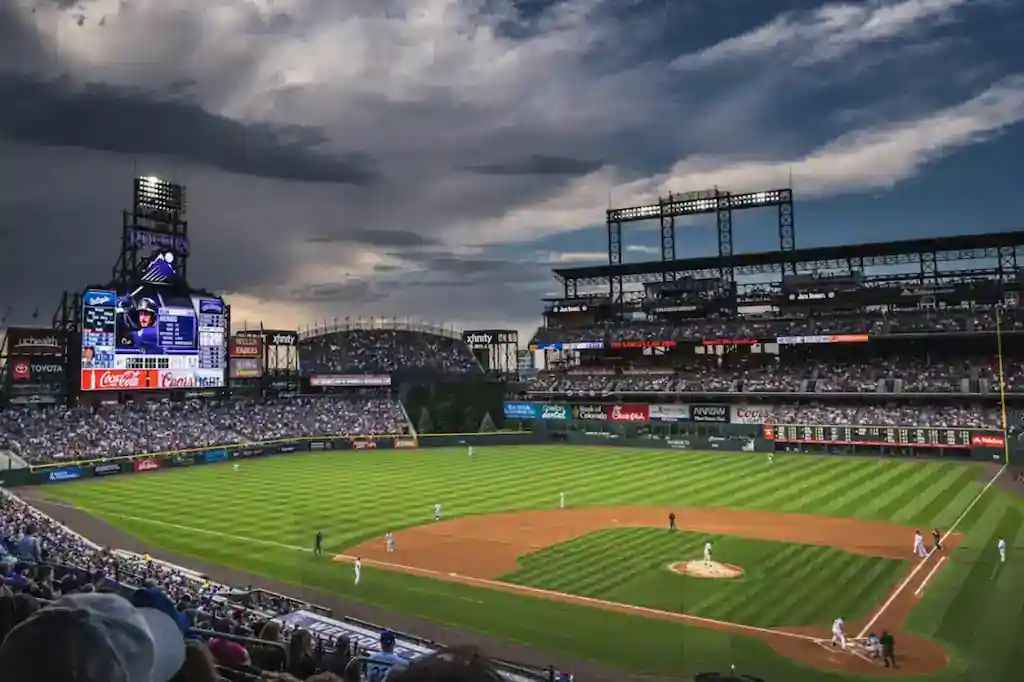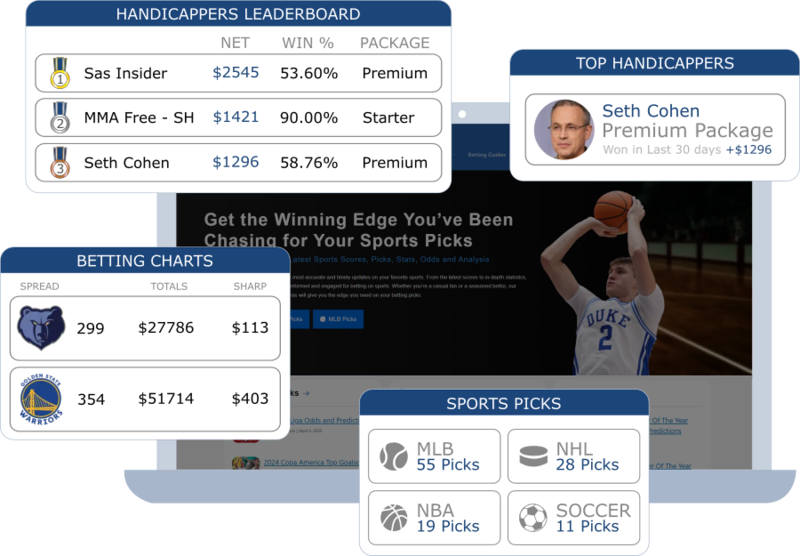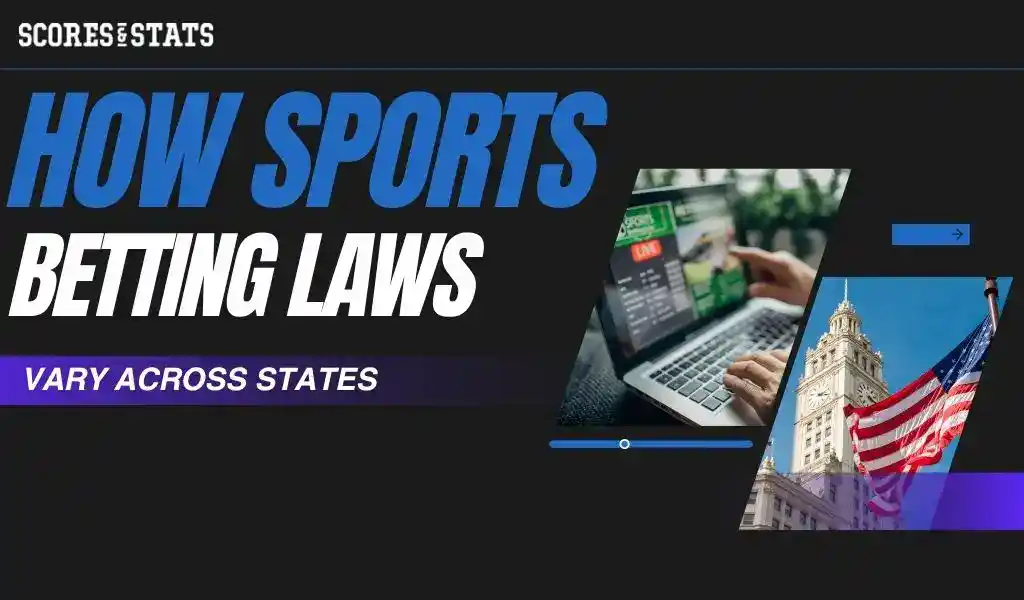The Los Angeles Dodgers brought the curtain down on the 2025 MLB season in thrilling fashion as they dispatched the Toronto Blue Jays to claim their second straight World Series title. The triumph made them the first team since the Yankees dynasty at the turn of the millennium to successfully claim back-to-back titles. For bettors looking to get ahead early, this is the moment where offseason context becomes as valuable as on-field form. Resources such as MLB betting tips can provide a strategic edge as rosters begin their annual shuffle.
Kyle Tucker’s Future
Now, the offseason has arrived, and the headlines have a gravitational center: Kyle Tucker. His free agency—equal parts sweepstakes and seismic events—dominates the rumor mill. Toronto, wounded yet hungry; Los Angeles, seemingly insatiable; and that perpetual juggernaut, the Yankees, all circling the premier left-handed bat on the market.
In a Hot Stove bubbling with billion-dollar ambition, Tucker could flip a pennant race on its head. But for a handful of MLB franchises, the needs extend far beyond a single blockbuster. This winter, several clubs are not adjusting the trim—they’re overhauling the entire vessel. Understanding how offseason moves impact statistical value can be crucial for bettors, especially when evaluating players like Tucker. Guides such as what WAR means in baseball can help contextualize the impact of marquee names.
There is so much interest surrounding the 28-year-old’s future that online betting sites are even taking bets on where he will be strutting his stuff next season. One can bet on MLB at Bovada, and the American betting giant currently makes the champion Dodgers the +350 favorites to land Tucker’s costly signature. And while his immediate future remains up in the air, the same can be said of these four teams, all of whom have a monstrous offseason ahead of them if they are to return to contention. If you’re looking to bet on baseball, understanding their positions is crucial.
Colorado Rockies
Some seasons dissolve quietly into irrelevance. The Rockies’ 2025 campaign detonated. Forty-three wins. One hundred and nineteen losses. A -424 run differential, second-worst in the modern era. Even mile-high air could not disguise the disaster as run after run poured across the plate. Statistically, Colorado fielded the game’s worst offense and surrendered a stupefying 1,200-plus runs—a defensive implosion for the ages.
There is, unequivocally, no quick-fix here. Enter Paul DePodesta, a president of baseball operations subjected to stress-test the bounds of strategic genius. He faces a teardown on a scale rarely seen: the offense is punchless, the rotation a patchwork beyond the valiant Kyle Freeland, and the bullpen is a carousel of uncertainty. Gold Glove center fielder Brenton Doyle and rookie Hunter Goodman provide glints of hope, but there is no veteran scaffolding to steady the project through the storm.
What’s next? DePodesta must lean into aggressive creativity—bundling payroll flexibility with a willingness to spin trades and land developmental reclamation projects. Bettors who eye longshots or offseason improvement markets can look to strategies like alternate total points to evaluate how a rebuilding team might influence betting lines during early-season volatility.
Los Angeles Angels
No franchise in baseball has been haunted by “what ifs” quite like the Angels. Eleven years—eleven painful Octobers spent as bystanders in spite of generational stars. In 2025, Anaheim flexed its muscle, finishing fourth in home runs behind the bats of Jo Adell and Taylor Ward, but collapsed where it mattered most: on the mound.
GM Perry Minasian opens this winter with an urgent checklist. Rotation? Yusei Kikuchi and Jose Soriano can pitch, Reid Detmers can grow, but two impact arms are non-negotiable. Bullpen? Bereft of a true closer since Kenley Jansen’s departure. Looming over every decision, though, is Anthony Rendon’s hefty $38.5 million shadow, a sunken cost that demands creative roster engineering.
With Mike Trout’s clock ticking and prospect Zach Neto answering the call, Minasian’s calculus can no longer tolerate half-measures. The obvious play? Trading from a surplus of outfield power to fortify the hill. Fail, and the window may slam shut on an era defined by missed opportunity. This is also where bettors can study market movement tied to offseason activity using tools like futures bets to anticipate long-term odds shifts.
Pittsburgh Pirates
No team embodies the pain of missed opportunity quite like Pittsburgh. Paul Skenes, just 23 and already a frontline ace by any measure—statcast darling, rival manager headache—took the mound, but was too often left yearning for support. The Pirates scraped together 583 runs all year, the lowest in the majors. Games slipped away, wasted behind an offensively toothless club.
GM Ben Cherington is, by all signals, ready to strike. Enhanced payroll means a green light to pursue much-needed left-handed power, especially for the corner spots. There is trade ammunition, too: Mitch Keller and Jared Jones would fetch a mighty return if Pittsburgh chooses to flip from strength to fill glaring holes. The urgency is heightened—ownership’s patience frayed, the city hungry for the kind of leap made by Kansas City. Don Kelly arrives as manager to instill a new mentality; the front office is under orders to be “more active than ever.”
This winter, Pittsburgh’s destiny pivots on boldness. Passivity would be malpractice.
Washington Nationals
The Nationals’ post-championship wilderness saw another dead end in 2025, but a new regime is finally plotting a route back to relevance. Paul Tobon leads an overhauled front office that sees more than 40 new hires forging a new way in DC. The verdict on the roster that they have inherited? There’s work to be done across the board.
A staff ranking near the bottom in ERA, a bullpen failing to close 35% of save chances, and a paper-thin rotation beyond MacKenzie Gore immediately spells trouble. Offensively, All-Star rookie James Wood and sparkplug CJ Abrams stand tall, but are left woefully exposed without veteran bats to steady the pulse in tight games.
With added budget and a reimagined farm, the Nationals are poised for aggressive transactions: targeting power at first or DH, finding glue contributors for the catching corps and infield defense, and—above all—acquiring pitchers who can immediately alter the landscape. In a division dominated by juggernauts, the Nats cannot afford navel-gazing or half-measures. The time to act is now.















